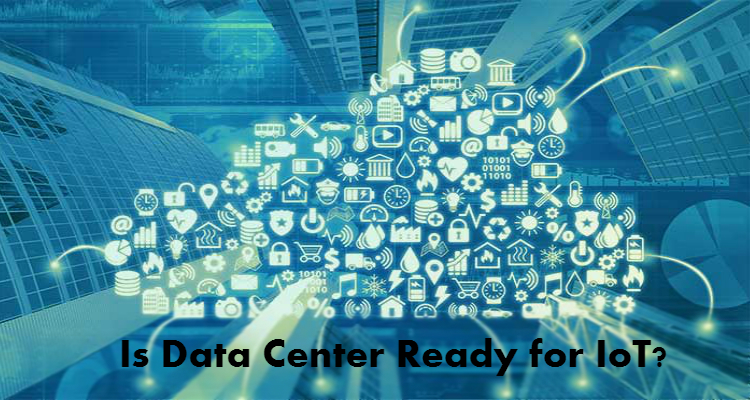Technology has always surprised us with its remarkable evolution and IoT is one of the them. As the Internet of Things (IoT) has stepped into the industry, we are experiencing what was at some point in time considered merely possible.
Internet of Things
Many organizations have adopted the IoT technology to improve operational productivity and this also includes several leading tech enterprises as well. Take for example Siemens, the biggest supplier of wind power solutions, has transformed its wind farms into smart, distributed machines. The organizations makes use of RTI messaging software, a technology that enables the operators to monitor the large amount of wind turbines remotely for real-time management and to fine-tune it to better cope up with the continued change in pattern of wind speed.
As we know that by 2020, nearly 50 Billion devices will be connected globally and these devices will generate an insane amount of data and all of this has to go somewhere, which is likely to make its way to and through data centers. Besides, IoT won't simply be the problem only for the service providers, but an equal issue for every user that adopts IoT or related technologies to improve productivity. The data growth will continue rapidly without slowing down. Organizations need to think how they will manage this data disruption and where they will locate all the valuable data.
The need to manage IoT
In future, you'll find most of the devices, especially household and industrial, becoming a part of IoT. The change is quick and this will continue to grow, meaning that more devices will be connected, more data will be produced. This disruption may also lead to more disorders. As per IT operators, the back-end services need to be innovated that include server, storage and networks, which means data centers need to become more IoT optimized to go hand-in-hand with the evolution. Thus, there will be the demand for more distributed data center management and system management approaches.
Data centers will play an essential role in managing the IoT deluge as it is the most viable and ideal option available. Organizations will require customized data strategy to address the IoT demands, and the IT infrastructure will effectively balance the current demands with that of the future requirements.
If the back-end services fail to upkeep a systematic flow of data between devices, things could go wrong. This means that IoT can also cause privacy and security issues. You may never know who might try to invade your privacy through IoT.
IoT is surely an amazing invention. But with all that, there are certain flaws and one of them is it can spell privacy and security issues. Despite of this, the rate of IoT adoption is increasing each day and in the future, we'll see billion of connected devices

